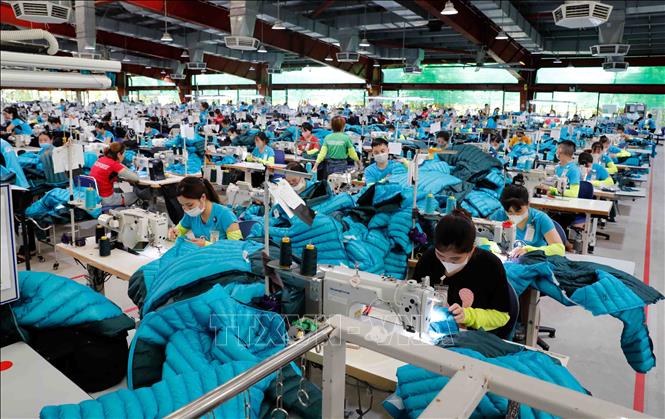
Lesson 1: The basis for expectations to overcome difficulties
Hirdaramani is a group specializing in the production of textiles for export, with factories in Vietnam, Sri Lanka, Bangladesh, Ethiopia and Nicaragua. Ms. Nguyen Thi Kim Trang, Head of Import-Export Department of Fashion Garments Company under Hirdaramani Group, said that the US's 90-day postponement of the reciprocal tax has given businesses more time to prepare, and given them more hope that the Government 's negotiations will bring back the previous tax rate or reduce the tax rate imposed on Vietnam.
Mr. Hoang Manh Cam, Deputy Chief of Office of Vinatex Board of Directors, said that if the reciprocal tax is still applied, orders in the US may decrease or unit prices may decrease sharply. Because retailers and importers in the US will not transfer 100% of the increased costs into selling prices, but will only increase a small part to limit the impact of increased costs on US consumers. The remaining costs will be shared with manufacturers and this will create pressure for manufacturers to reduce prices if they want to sell goods to the US.
Companies with large market shares in the United States will be greatly affected by the decline in US textile consumption demand. It is difficult in the short term to exploit new replacement markets because exploiting new markets takes a long time.
However, according to Mr. Cam, there are still expectations for Vietnamese textile and garment enterprises to be confident and stabilize production in the coming time. That is, the negotiation results between the Vietnamese and US Governments will likely have positive results thanks to the Government's initiative as well as Vietnam's competitive advantages.
According to Mr. Cam, the domestic textile production capacity in the United States currently only meets about 3%, or even less than 3% of domestic consumption demand. Experts in the US textile industry said that it would be very costly and take many years to restore the country's garment industry.
According to the US Bureau of Labor Statistics, the number of people working in the garment manufacturing industry is currently only approximately 100,000 workers. Meanwhile, in Vietnam, this number is 2.5 - 2.7 million workers. Therefore, with only 100,000 workers, the US cannot compensate for the decline in imports from other countries.
Along with a lack of skilled and willing workers, the United States does not have a domestic supply of raw materials. According to a letter from the Footwear Distributors and Retailers of America to President Donald Trump’s trade representative, about 70 types of materials used to make a typical pair of shoes are not available in the United States and must be imported.
Meanwhile, the shift of mass production on a large scale will encounter many difficulties when all countries are subject to high taxes. There will be a phenomenon of shifting some individual orders, integrating them into the production capacity of some countries with lower taxes. Because shifting production requires a lot of time, at least 1-2 years to stabilize the new production area.
According to a study by Yale University, US consumers will be the hardest hit by this tax campaign. With the same basket of goods, each US household in 2025 is estimated to have to spend an additional $3,800 compared to 2024. Of which, clothing will increase in price the most, second only to leather goods. When the basket of goods increases in price, the risk of inflation is present, the Fed may maintain interest rates at a higher level than expected and not follow the reduction path in 2025, creating a huge burden for US consumers.
Associations and industries related to garment and footwear have sent letters to the US Government to consider adjusting taxes on these items to reduce pressure.
Sharing the same view, economist Dr. Huynh Thanh Dien also said that the possibility of successful negotiations for the textile and garment industry is very high. Because high tariffs are often to protect domestic production, but the United States hardly makes clothes. High tariffs only hurt American consumers and retailers. Even American retailers may have to move their business to other markets.
If not successful, businesses should not worry too much. Because the US imposes high tariffs on all countries, not just Vietnam. In addition to the US market, Vietnam has signed and participated in 17 Free Trade Agreements. These are markets with very preferential tax rates, no less attractive than the US market.
TÜV Rheinland is a world leader in testing, evaluating and certifying products for brands and buyers worldwide. Ms. Nguyen Thi Thuy, an expert from TÜV Rheinland Vietnam, said that Vietnamese textile and garment enterprises should not be too worried.
According to the results of a recent meeting between TÜV Rheinland and brands on the issue of handling countervailing duties, brands said they still prioritize choosing Vietnam, due to its political stability, competitive labor costs, and ability to meet other brand requirements regarding capacity, production scale, and high-value manufacturing skills.
According to Ms. Thuy, challenges always come with opportunities. Opportunities also come with challenges. The important issue is how businesses know how to take advantage of their opportunities and advantages. Vietnamese textiles and garments are highly appreciated by international customers due to their diverse types, good quality, and unique characteristics, such as the export products of Phong Phu Company, May 10 Company, Song Hong Garment Company, etc.
Mr. Le Tien Truong, Chairman of the Board of Directors of Vinatex, said that market fluctuations and high tax rates are not new to the Vietnamese textile and garment industry. The industry has gone through many storms in the past but has still firmly overcome them, affirming its position as the second largest exporter in the world. The most important thing right now is not to panic or worry, but to have a steadfast spirit, courage, commitment, and readiness to work at the highest efficiency in the next 90 days.
Final article: Restructuring and strengthening the brand
Source: https://doanhnghiepvn.vn/tin-tuc/det-may-thich-ung-voi-chinh-sach-thue-quan-bai-1-co-so-cho-ky-vong-vuot-kho-khan/20250425100939567


![[Photo] Prime Minister Pham Minh Chinh attends the event "Digital transformation of the banking industry by 2025"](https://vphoto.vietnam.vn/thumb/1200x675/vietnam/resource/IMAGE/2025/5/29/0e34cc7261d74e26b7f87cadff763eae)

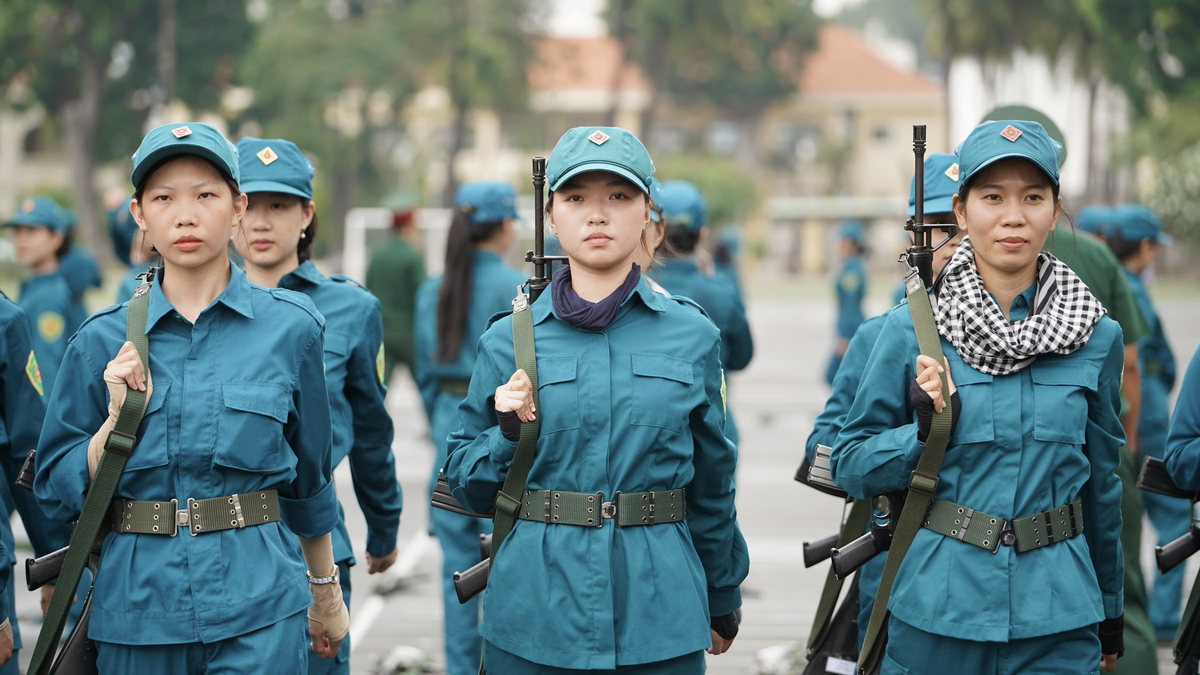
![[Photo] Prime Minister Pham Minh Chinh receives leaders of Excelerate Energy Group](https://vphoto.vietnam.vn/thumb/1200x675/vietnam/resource/IMAGE/2025/5/29/c1fbe073230443d0a5aae0bc264d07fe)


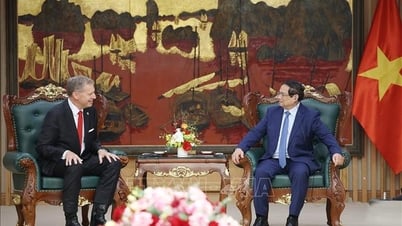
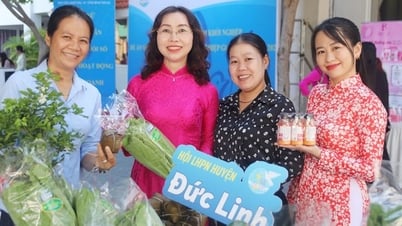


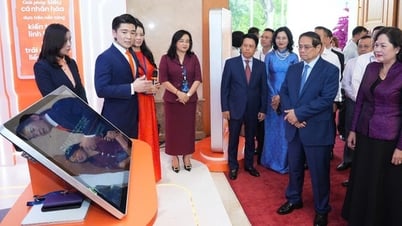
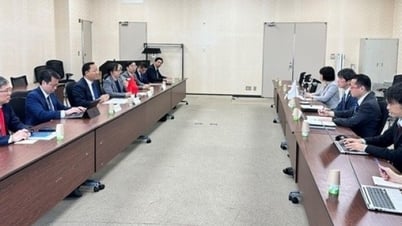








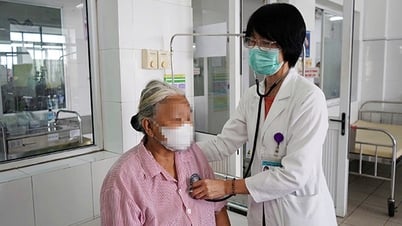
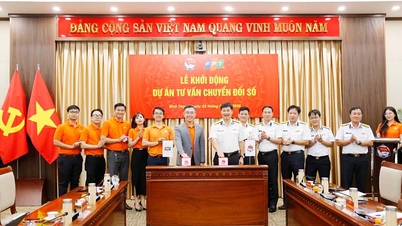








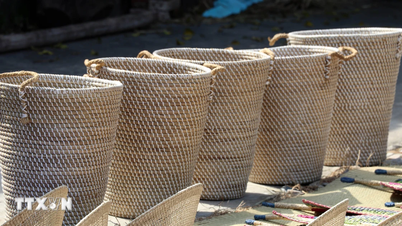










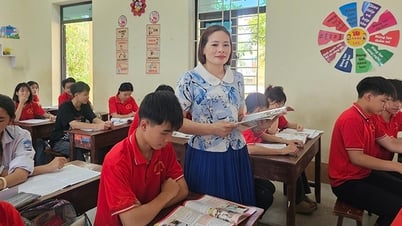









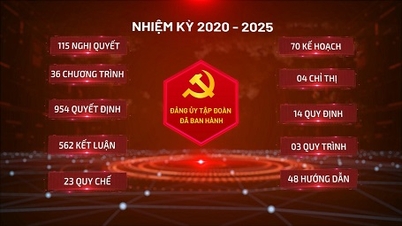
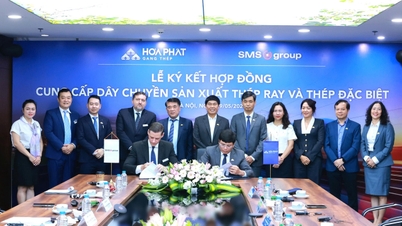
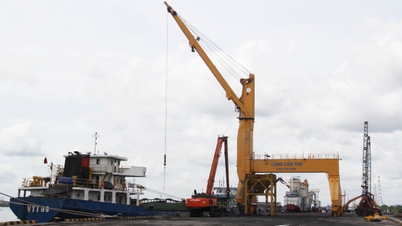







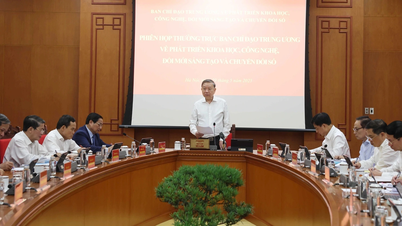
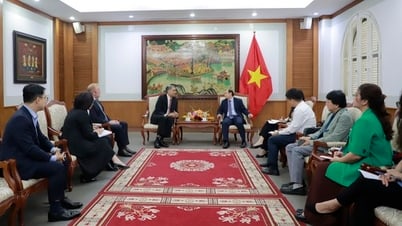
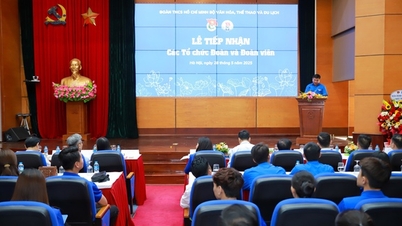

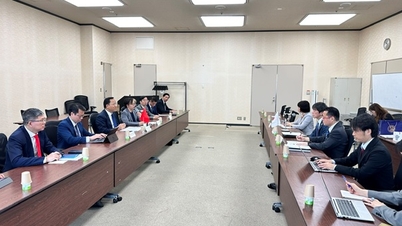

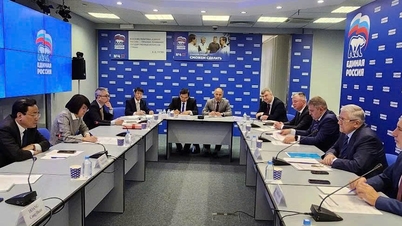

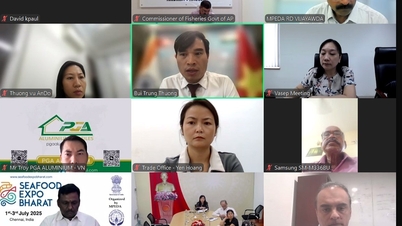
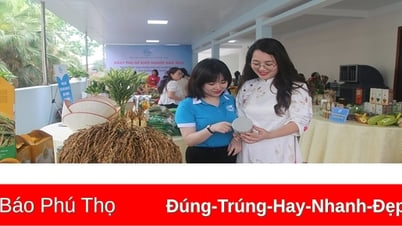









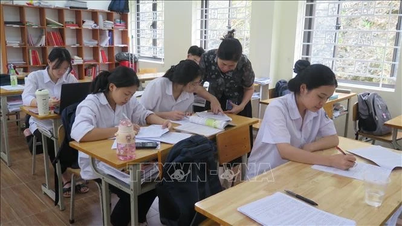

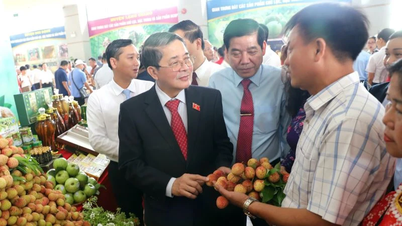

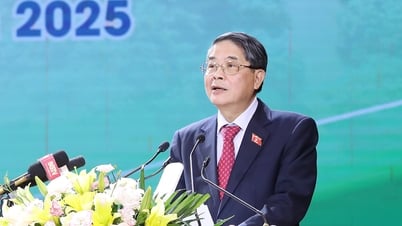

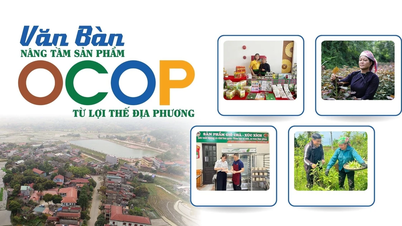
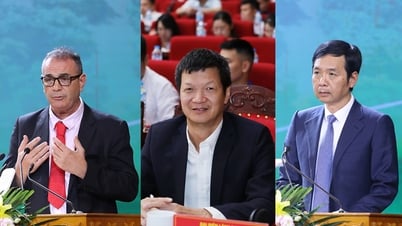
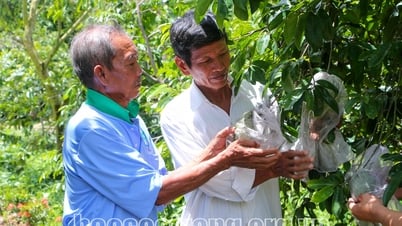

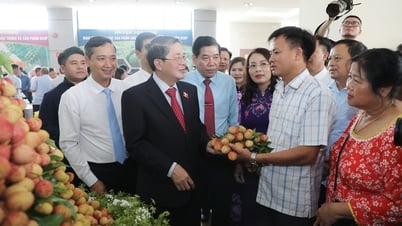




Comment (0)